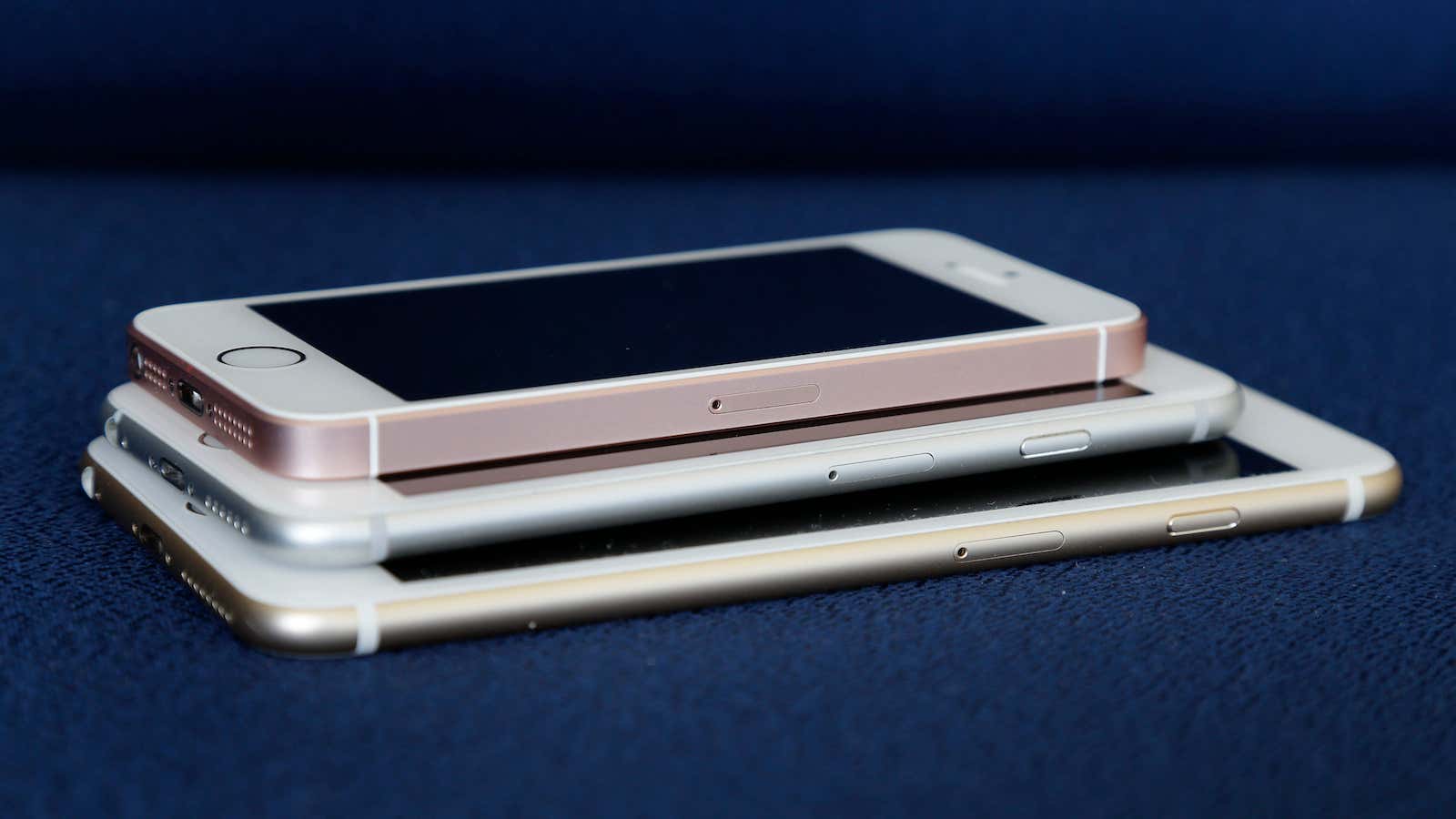As part of its annual environmental responsibility report (pdf), Apple listed a half-dozen of “the worst toxins” identified in its products and outlined the steps it has taken to quit using them.
“We’ve already looked at more than 10,000 individual components, and we get data on more parts every day,” the report says. An assessment of chemicals used in the components “helps us understand their effect on our health and on the environment. If we do find an unacceptable risk, we then seek alternatives or ban the substance altogether.”
These are six substances the company says it no longer puts in its products:
- Arsenic: This element, used in glassmaking, has been tied to cancer clusters near glass factories. Apple says its display glass has been arsenic-free since 2008.
- Beryllium: This metal, “found in copper alloys used in connectors and springs” according to the report, is stronger than steel and lighter than aluminum. It also can cause lung problems for workers who come into contact with it. Apple says all of its “new products” are designed without beryllium (though it doesn’t specify when the cut-off for “new” was).
- Brominated flame retardants: Most of the world—the US being a notable exception—agreed in 2013 to phase out these chemicals. Apple says it eliminated them in 2008 from “thousands of parts,” including circuit boards and connectors. It replaced them with metal hydroxides and phosphorus compounds that it says are safer.
- Lead: A danger in water, paint, or electronic devices, Apple says it “completely phased lead out” of its display glass and solder back in 2006.
- Mercury: This hasn’t been found in Apple’s products since 2009, the company says. Instead of mercury-based fluorescent lamps, its displays use mercury-free LEDs.
- PVC and phthalates: These substances are commonly found in power cords and headphone cables. Apple now substitutes them with thermoplastic elastomers that contain no chlorine or bromine—except in power cables in India and South Korea, where it says it’s trying to get government approval for the switch.
Swapping out problematic substances can be tricky work. Apple says it took four years to remove PVC from its power cords and headphone cables. After testing “dozens of formulations until we finally found the right blend of durability, safety, and environmental performance in our PVC replacement materials,” Apple says it finally settled on the thermoplastics it uses today.
